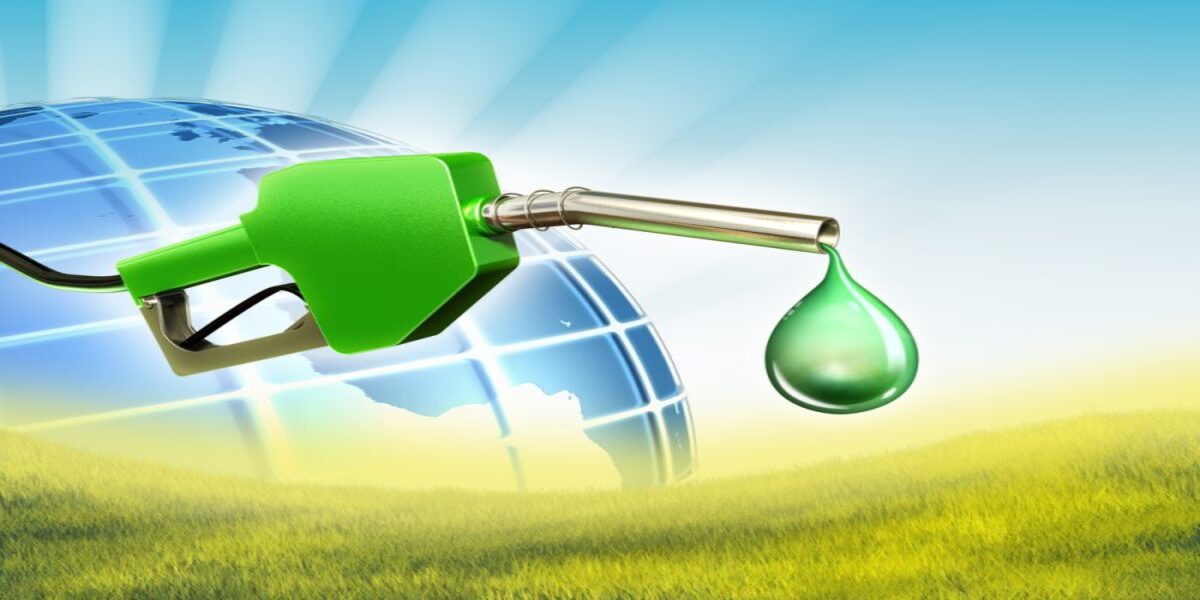Introduction
Every winter Delhi’s skyline turns grey and its air becomes dangerous to breathe due to Delhi’s Winter Smog. The causes are many: vehicle emissions, dust from construction, industries, local heating and — importantly — smoke carried from farm fires in neighbouring states. While the city struggles with immediate relief measures, solutions that remove the source of the smoke upstream can deliver lasting benefits. One practical, scalable solution is to convert rice straw — the leftover stalks after paddy harvest — into second-generation (2G) ethanol. That approach reduces field burning, gives farmers income, and produces low-carbon fuel for India’s energy needs.
How bad is Delhi’s air right now — and what role do farm fires play?
Delhi’s air quality routinely crosses into “very poor” and “severe” during late autumn and winter. When authorities detect dangerous levels, the government applies emergency measures — curbing construction, restricting polluting activities and issuing health advisories. In November 2025, authorities tightened controls as AQI values spiked into the “severe” range. These policy actions reflect the scale of the immediate health risk.
Farm stubble burning in Punjab and neighbouring states is a seasonal practice that peaks after paddy harvest (September–November). While the number of recorded burning incidents in Punjab has fallen compared with previous years, spikes still occur and they significantly worsen Delhi’s smog on certain days. Recent counts show thousands of fires across the region each season; such spikes can contribute double-digit percentages to Delhi’s daily PM2.5 load on bad days.
Why the connection between Farm Fire in neighbouring states and Delhi exists (simple science)
- Large smoke volumes: When farmers burn rice straw, the plumes contain fine particles (PM2.5) and gases that are easily transported by winds.
- Regional winds: During post-monsoon months, prevailing westerly winds carry smoke from Punjab and Haryana towards Delhi.
- Stable winter atmosphere: Cooler temperatures and calm winds in late autumn trap pollutants near the ground (a “temperature inversion”), magnifying pollution in cities like Delhi.
Because of these three factors, even a moderate rise in farm fires far away can sharply worsen Delhi’s air on a given day.
Recent trends: fewer fires, yet serious days remain
The good news is that stubble burning incidents in Punjab have declined versus earlier years; targeted incentives, mechanisation drives and recycling projects have helped reduce the worst spikes. Still, intermittent surges have continued and, on some days, stubble burning contributed a measurable share of Delhi’s PM2.5. That means we cannot treat the problem as “solved” — action is still needed to remove the seasonal smoke source permanently.
Why burning rice straw happens (and why it’s hard to stop)
Farmers burn straw because it is the quickest, cheapest way to clear fields before seeding the next crop. Mechanisation and storage options exist, but many farmers face tight planting windows, labour shortages, or lack of affordable collection and transport systems. Policies that simply ban burning without offering practical alternatives tend to fail or drive the activity underground.
2G ethanol from rice straw: what it is and why it helps
Second-generation (2G) ethanol is produced from non-food, cellulosic biomass — such as rice straw, wheat straw, sugarcane bagasse and similar residues. Instead of using edible grains, 2G processes break down the tough cellulose in straw into sugars and then ferment those sugars to make ethanol. The key benefits are:
- Pollution reduction: When rice straw is collected and sent to 2G plants, it is not burned in the field. This removes a major seasonal source of PM2.5 and black carbon.
- Farmer income: Rice straw becomes a sellable feedstock. Farmers earn money rather than burning waste.
- Energy and climate benefits: 2G ethanol replaces fossil gasoline with a lower-carbon liquid fuel, helping emission reduction goals.
- Circular economy: Residue that used to be waste becomes an input for fuel, fertilizers or biogas, improving resource efficiency.
Research and pilot projects in India and abroad show that a structured value chain — collection, baling, transport, and conversion — can make rice straw a reliable feedstock for 2G ethanol production.
Simple table: problem vs 2G ethanol solution
| Problem | How 2G ethanol from rice straw addresses it |
| Field burning creates heavy smoke and health risks | Straw is collected and processed instead of burned — less smoke |
| Farmers have low income from residues | Residues become a new revenue stream |
| Short-term policy bans without alternatives fail | 2G creates a practical, market-based alternative |
| High diesel/gasoline use in transport and emissions | Ethanol blends reduce fossil fuel use and carbon intensity |
Cost, logistics and practicalities (real-world view)
Converting rice straw to ethanol is not automatic — it needs investment and coordination. Key steps include: organising farmer groups, providing balers and collection incentives, establishing transport routes, and building conversion plants (distilleries capable of 2G processing). Policy support — procurement guarantees, blending targets, and logistical subsidies — accelerates investment. When these pieces come together, the economics can work: ethanol buyers (like oil companies) get fuel, plants get a steady feedstock, and farmers get paid.
Evidence from recent pilots and initiatives
Several pilot projects and industry players in India are developing 2G ethanol from rice straw and other residues. These pilots have helped refine pre-treatment, enzyme and fermentation steps and clarified logistics needs. They also show co-products (bio-fertilisers, power, biogas) can add revenue, improving the project’s viability. Institutional reports highlight the technical potential of rice straw to contribute meaningfully to national ethanol targets if collection systems are scaled.
How Khaitan Bio Energy fits in
Khaitan Bio Energy is one of the companies working on second-generation bioethanol solutions using rice straw and other agricultural residues. The company’s patented technology and project designs focus on converting paddy straw into 2G ethanol at commercial scale, while also working with farmer groups on straw procurement and aggregation. By turning field waste into fuel, businesses like KBIO can reduce the incentive to burn, provide farmers with new income, and supply cleaner fuel for India’s blending targets. This makes them an important actor in both pollution mitigation and energy transition.
What success would look like
Imagine a future season where: balling machines collect most rice straw at harvest; trucks move bales to regional 2G plants; plants produce ethanol and sell it into the blending programme; farmers bank payments soon after delivery; and Delhi records far fewer smoke spikes every November. That picture requires investment, steady policy support, and farmer participation — but it’s technically achievable and immediately beneficial for public health.
Policy recommendations
- Scale collection incentives: Subsidise or lease balers; pay farmers for baled straw at fair rates.
- Create regional aggregation centres: Reduce transport cost and speed up deliveries to plants.
- Guarantee offtake: Government/OMC purchase commitments for 2G ethanol help finance plants.
- Integrate co-products: Promote bio-fertilisers and power generation from the process to improve economics.
- Health-based urgency: Use air-quality health data to prioritise rapid rollouts in high-impact districts.
Conclusion: pollution, public health and opportunity
Delhi’s smog is a complex, multi-source problem. Stubble burning in neighbouring states remains an important seasonal contributor, and reducing that source yields immediate health benefits for millions. Converting rice straw to 2G ethanol provides a win-win: less burning, cleaner air, income for farmers, and a domestic low-carbon fuel supply. Implemented at scale, with the right policies Khaitan Bio Energy can make Delhi’s winters healthier and support India’s broader energy transition.












